#Helsingia
Photo

Midsommar (2019)
#midsommar#ari aster#sweden#hälsingland#helsingia#midsummer#pagan#folk#ritual#horror#cinematography#film#my gifs
380 notes
·
View notes
Photo

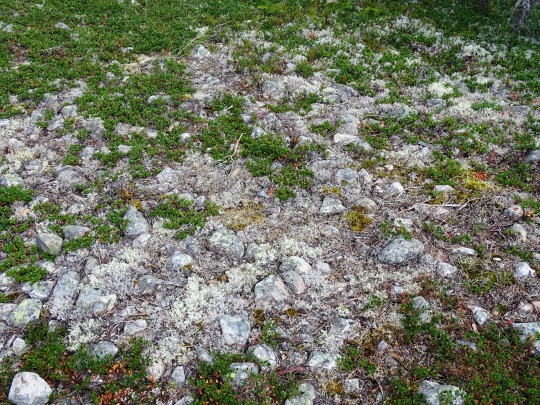
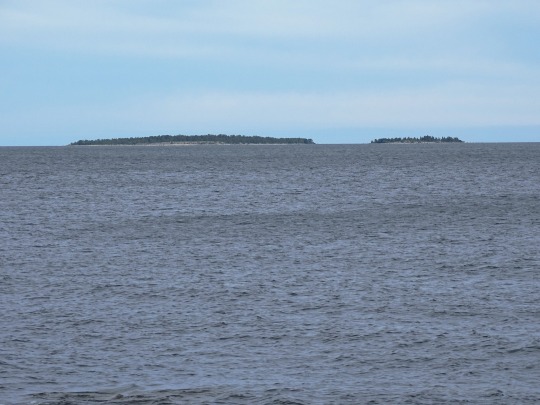
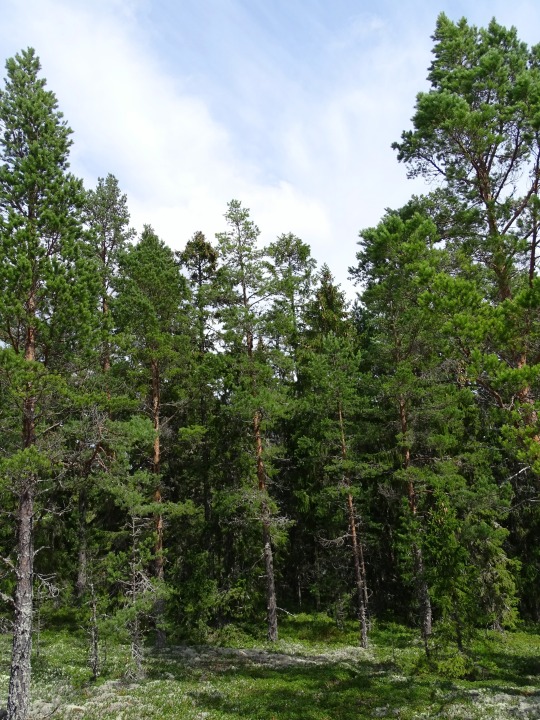
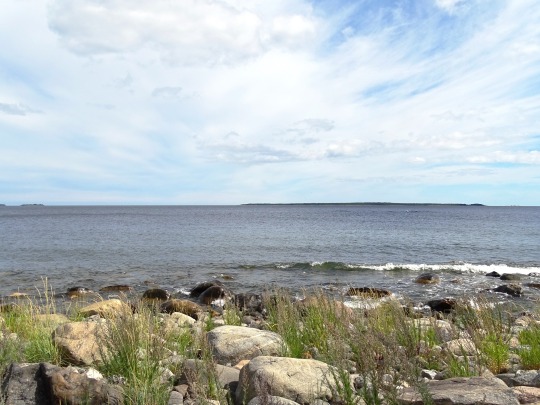

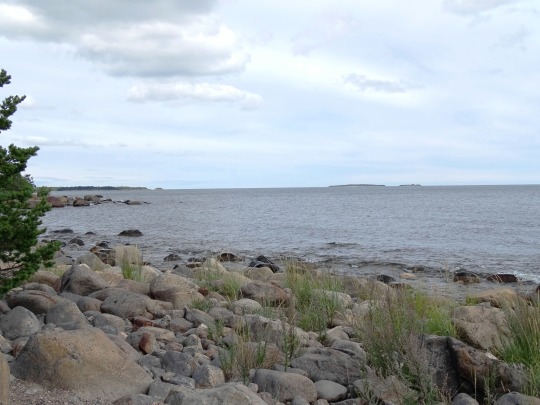
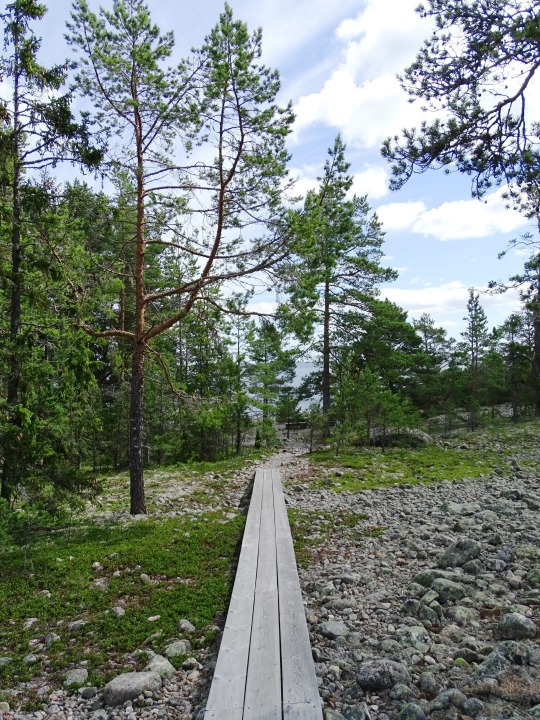
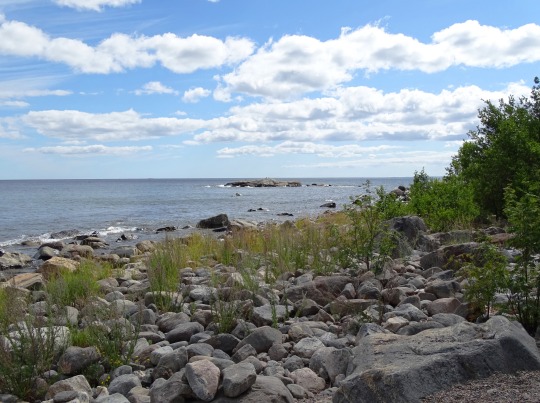
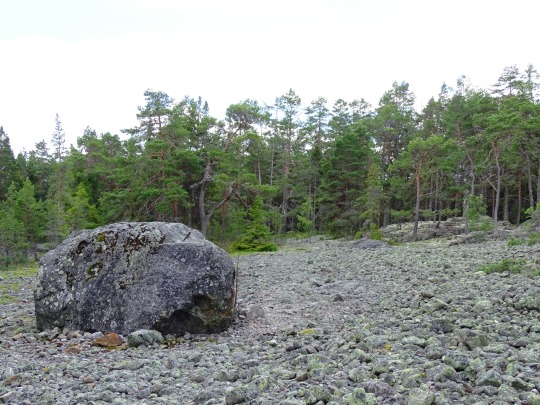
Mellanfjärden Beach, Sweden (No. 2)
The earliest mention of heels may be in the 9th-century English poem Widsith, which speaks of a people called Hælsings and ruled by an otherwise unknown fairytale king named Wada.The name Hälsingland is first mentioned by Adam of Bremen at the end of the 11th century as Halsingland in connection with the king. The landscape is also mentioned in the Florence List,originally from 1103, in its Latin form "Helsingia".
Hälsingland is a household name and has the meaning "land of hälsings". Hälsing in turn has been interpreted as a combination of the word neck and the posterge,'inhabitant'. What the neck means has been debated, however, it has nothing to do with the body part. The interpretations presented have concerned either a narrow part of water (compare with Helsingborg-Elsinore),that is, a narrow watercourse, or a narrow piece of land. Several waterways have been developed, such as three bays that in ancient times penetrated the landscape (Alir, Sundhed and Nordanstig) but also the oath in Sundhed has been indicated as possible root. The most common view, on the other hand, is that the neck referred to is the Gulf of Bothnia and that the population who lived along its shores, on either side, were half-asleep. It has also been pointed out that the narrowest part of the Gulf of Bothnia is called the Kvarken,that is, the "throat". The development from Halsing- to Helsing- stems from the so-called i-omljud (compare with the historical foreman Jamt- in Jämtland) and today's spelling with ä tribes from the beginning of the 20th century because the letter was then "modärn". In contrast to Helsingborg (which for 60 years was spelled Hälsingborg),the spelling of Hälsingland has not changed back.
Hälsingland also has a country name man that Snorre Sturlasson tells about in his Heimskringla (Håkan the Good's tale) from the 13th century. Tore Hälsing (Old Norse: Þórir helsingur)was the grandson of Ketil Jamti (Jämtland's country name man) who was forced to flee east through the forests after being accused of manslaughter. He settled there and later many followed; the land that stretched to the coast was called Helsingjaland. He later got his revenge when he was appointed king of Jämtland and more parts. He was certainly part of his kingdom.
Hälsingland is unique in Sweden as it is the only landscape name used as profanity, a euphemism for hell that has been proven at the earliest in the 1690s.
Source: Wikipedia
#Mellanfjärden Beach#Hälsingland#Gävleborg County#Gulf of Bothnia#Baltic Sea#landscape#countryside#seascape#sky#cloud#stone#rock#forest#woods#nature#flora#tree#pine#summer 2020#original photography#travel#vacation#beach#coast#Sweden#Sverige#Scandinavia#Northern Europe#boardwalk#tourist attraction
3 notes
·
View notes
Photo





























Helsingia 06/14/2020
#animal crossing#animal crossing new horizons#acnh#ac#animal crossing blog#animal crossing new horizons blog#acnh journal#animal crossing journal#animal crossing new horizons journal#animal crossing tumblr
8 notes
·
View notes
Photo


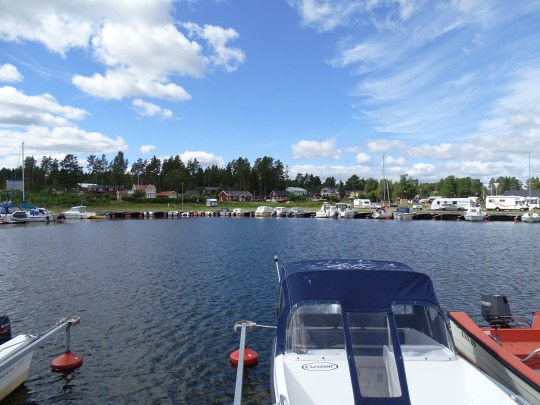
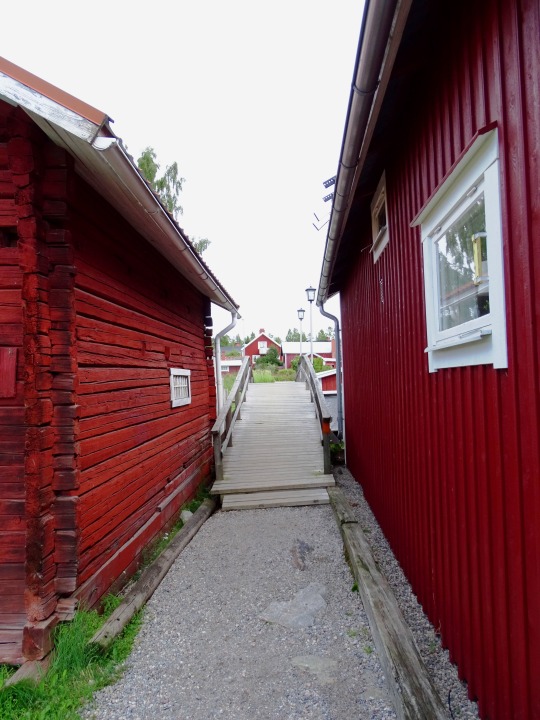






Mellanfjärden, Sweden (No. 3)
Hälsingland, sometimes referred to as Helsingia in English, is a historical province or landskap in central Sweden. It borders Gästrikland, Dalarna, Härjedalen, Medelpad and the Gulf of Bothnia. It is part of the land of Norrland.
The earliest mention of the people of Hälsingland may be in the Old English poem Widsith, from the 9th or 10th century, where a people called the Hælsings are referred to. The first definite mention of the people is made by Adam of Bremen around 1070, in reference to the leidang shipping fleet.
In the medieval age, the "Helsings" were the Swedish speaking inhabitants of the entire coastal region north of Uppland, a rather imprecise denomination. In the early provincial law of Uppland, the border between northern Uppland and Hälsingland was the Ödmården forest.
In the 13th century a large number of people emigrated from Hälsingland to the southern coasts of Finland, then called Österland. They named places after Hälsingland, most notably the river Helsingeå and its first rapids Helsingfors. In 1550 the latter gave name to a new town founded next to it by King Gustav Vasa. In 1812 the city of Helsinki became capital of Finland.
The oldest city in Hälsingland is Hudiksvall, chartered in 1582. After that, Söderhamn was chartered in 1620. In 1942 Hälsingland was granted its third city, Bollnäs, which was to become the last city (in Hälsingland) as city status in Sweden was abolished in 1971.
The town of Hudiksvall, one of the oldest in Norrland, was ransacked by Russian troops in 1721. Hälsinge Regiment was the provincial regiment.
Source: Wikipedia
#Mellanfjärden#Hälsingland#Nordanstig Municipality#Jättendal District#flora#Baltic Sea#architecture#stuga#Falun red#cityscape#reflection#travel#boat#ship#tourism#tourist attraction#landmark#Sweden#Sverige#summer 2020#blue sky#clouds#Scandinavia#Northern Europe#bridge#village#small town#coast#marina#Helsingia
2 notes
·
View notes
Photo









Introducing Helsingia’s second resident, Eden!





04/19/2020
#animal crossing#animal crossing new horizons#animal crossing blog#animal crossing new horizons blog#acnh#ac#animal crossing tumblr#animal crossing journ#animal crossing new horizons journal
1 note
·
View note
Photo












Helsingia 03/21/2020
#animal crossing new horizons#animal crossing#nintendo#nintendo switch#acnh#acnh blog#animal crossing blog#animal crossing new horizons blog#animal crossing journal
0 notes






